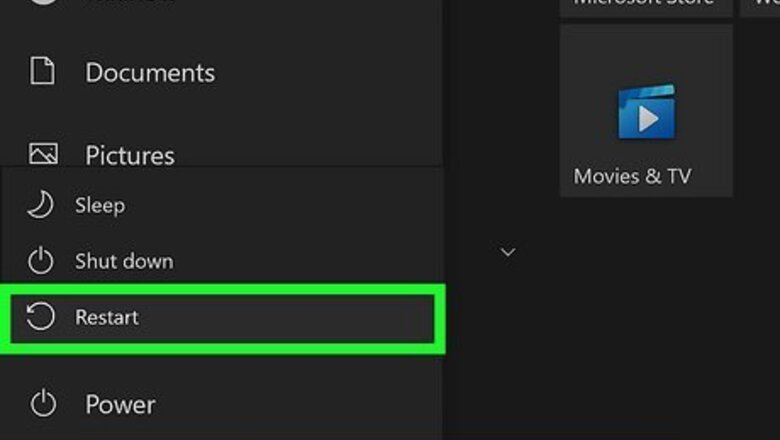
views
Reboot your computer.
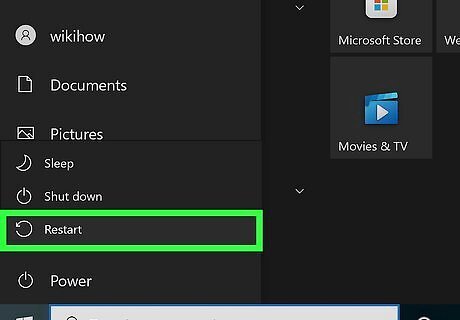
A computer that's been running stores a lot of information and data that could be slowing it down. Simply restarting your computer can solve the issues that includes a slow computer.
Update Windows.
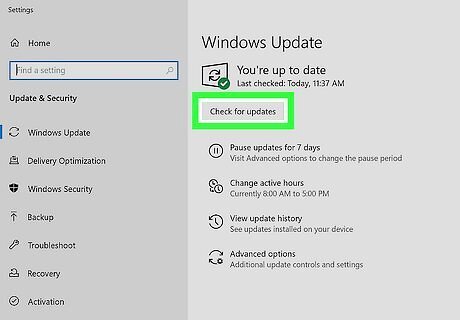
Windows releases regular security and stability updates for your operating system so it will run more smoothly. What's more, they've set up your computer's existing OS so that it knows what updates it needs and how to get them, saving you the trouble of keeping up, in most cases. If you've disabled updates (since they are on by default), or you aren't sure whether your computer is being updated, follow the steps given below to check: Go to the Start Menu and search for “Windows Update.” The appropriate control panel should appear in the search results. Click it to read the status of your updates and explore automatic update settings in the sidebar or tabs. You can click on the words “Important Updates” and “Optional Updates” to select or deselect updates before downloading them. You can set your computer to download and install updates itself or you can perform this job manually. Updates obtained through these channels are always official and can be trusted. Therefore, it's generally recommended that you leave automatic updating on unless you have a good reason for doing otherwise. This option should be available through the menu you already pulled up. It is important for security and stability that you keep your OS updated.
Run maintenance on your hard drive.

Most computers made within the last several years take care of these tasks automatically, but you're always free to take care of them yourself if you want. The key tools are (1) disk defragmentation, which organizes the jumbled bits of data on your drive so that they can be found more quickly, and (2) disk cleanup, which deletes duplicate files and unused temporary ones to free up space. Since the location of these tools varies from version to version of Windows, it's best to use a Start Menu search to find them quickly. Simply open and run them from the search results to speed up your computer, if the tasks haven't already been scheduled to run automatically.
Check for viruses and malware.
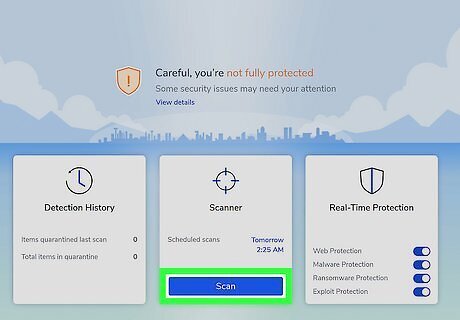
Adware and malware are types of programs that can compromise your computer's performance and create security weaknesses. There are specialized third-party programs designed to find and erase adware and spyware. You can download the free and popular Malwarebytes. Download the software, open it, and click Scan Now to find any malicious files. If Malwarebytes finds any, it will automatically quarantine those files so they can't harm your computer. Run this software occasionally to check for adware or malware. The best way to avoid adware and malware is to never download anything you're not sure of, and never agree to install anything extra that comes packaged with software you choose to install.
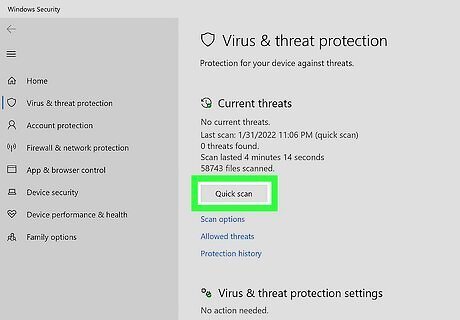
Check for viruses and other immediate threats. The best way to defend your computer against truly malicious threats is with a powerful antivirus program. Windows users have access to good free options, like Windows Security, that work at least as well as paid brands. Install them and allow them to run in the background at all times. When you first install them, or if you suspect a virus may have been missed, you can run them manually as well. Since new viruses are always being designed and released, it's very important that you allow your antivirus program to update as often as it needs to. Normally, this should take place in the background, without you having to do anything.
Update your drivers.

A failing or outdated drive may slow your computer down. To update it, search and open Device Manager. Press the Windows key on your keyboard, then type "Device Manager" and click the search result to open Device Manager. This will take you to a list of all of the hardware (like your Bluetooth driver) installed on your computer.
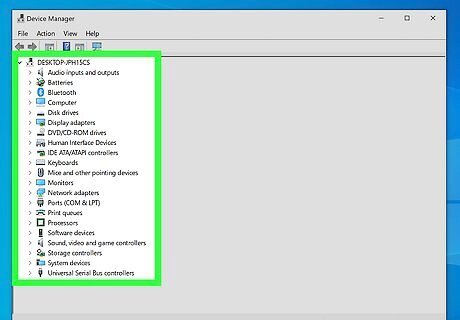
Scroll to and select the category that is slow and unresponsive. Based on what functions have been slow or unresponsive on your computer, click the arrow next to whichever hardware category you would like to update. For example, if you’re noticing a lag while typing, you might select “Keyboards.”
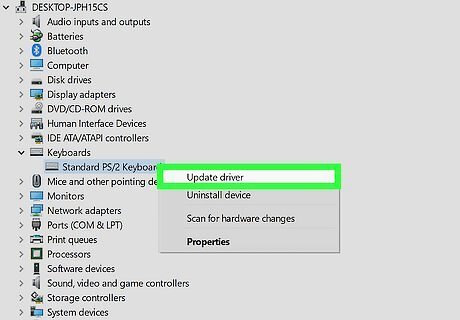
Right-click a hardware element and select “Update driver.” Repeat this process for each element under your selected category.
Clear your Internet data.
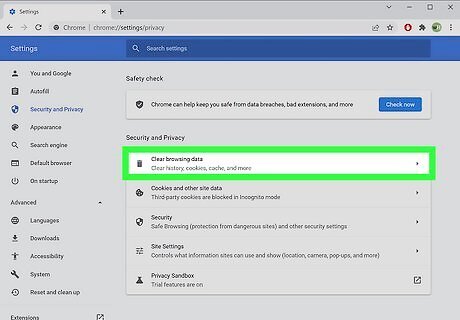
As you browse the Internet, your computer collects data that can eventually build up to the point that they cause performance issues. The most basic way to do this is by using the tools that come with your Internet browser of choice.
Close background applications you aren't using.

You might have a few applications running in the background that are using a high amount of energy and making your computer slow. To find what programs are labeled as "High" CPU usage, go to your Task Manager (press Ctrl + Shift + Esc at the same time). Organize the CPU panel to display the running programs that are using the most CPU to the least CPU, then right-click the program you want to close and select End task. (If you don't see the panels that show you CPU or Memory, click More details at the bottom of the Task Manager window.)
Disable startup programs.
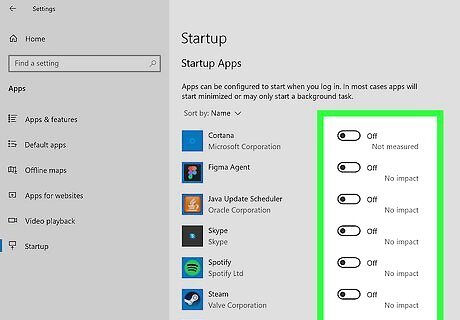
Having a lot of programs open and start as soon as you start up your computer will make it slow and laggy. Disable items from starting when you start your computer by pressing the Windows key and typing in "Startup Apps." Click the "Startup Apps" system setting result and look through the list of apps. The ones that say "High Impact" are making your computer startup slowly, so go through and click the switches to toggle them off (grey means off).
Delete temp files.
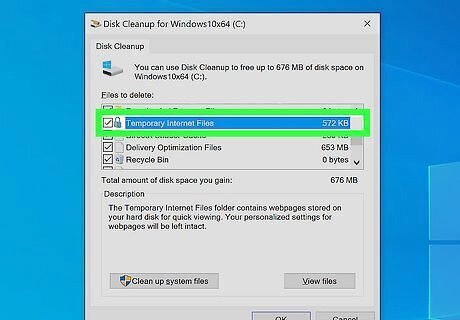
Over the course of one day, your Windows computer can create hundreds of temporary files. If you have a document open in Microsoft Word, a temporary file of that document is created every few minutes. When you log in to a website with specific information, a temporary file is created out of that. But when those temporary files begin to take up too much space, they can cause your computer to slow down. To delete all your temp files, open Disk Cleanup. You can search “disk cleanup” in the search bar in the taskbar and click the first result, which is the app. This is the easiest and least involved method for cleaning up temporary files on your Windows 10 computer. You can also press ⊞ Win+S to open the search function if you can’t find it in the taskbar. Click to check the boxes next to “Temporary Internet Files” and “Temporary Files”. You’ll see how much space they will free up along the right side of the columns. Finally, click OK. That box will disappear and you’ll see a progress bar of the deletion, which will disappear when it’s done.




















Comments
0 comment